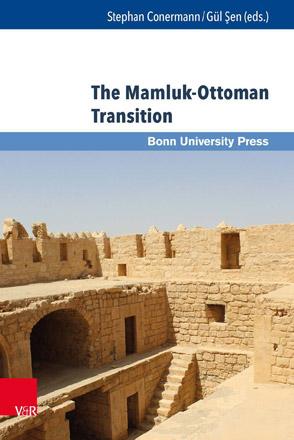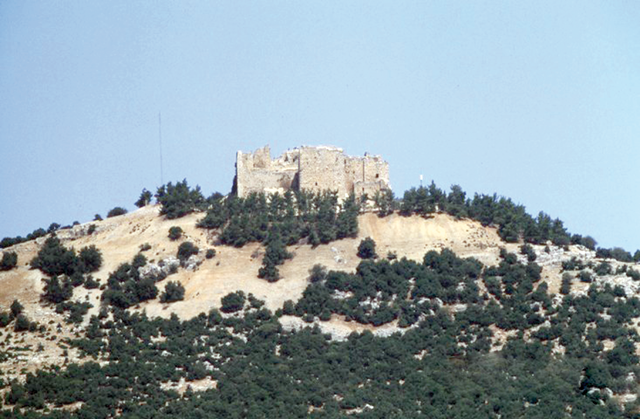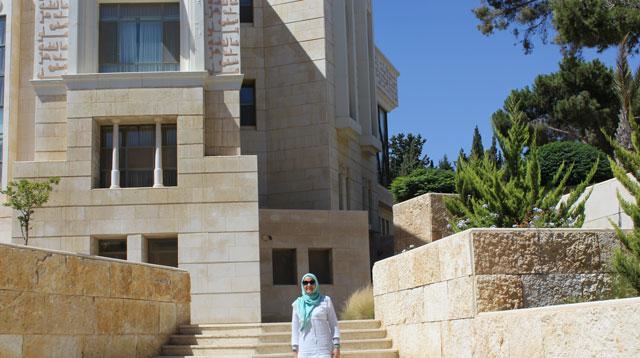You are here
Recently published book examines nature of early Ottoman rule in southern Levant
By Saeb Rawashdeh - Apr 21,2017 - Last updated at Apr 21,2017

AMMAN — The transition between two different periods is characterised by varied and complex factors, as was the case with the transition from Mamluk (1250-1516) to Ottoman rule (1516-1922), particularly in the Levant, according to a historian from the University of Bonn, Germany.
"Both were very special empires in their structures and peculiarities," Gul Sen observed.
"When we talk about transition, we mean several levels: administrative, military, economic and fiscal," she noted, adding that "Greater Syria was strongly incorporated into the Ottomans’ imperial world."
Ottoman rule imposed a different system of control in the northern part of Greater Syria, which had major urban centres and where the Ottoman state’s presence was more visible, according to the historian, whereas in the south the area was comprised more of smaller towns, villages and rural communities, with Transjordan as the frontier region.
"Generally speaking, however, the extent of administrative incorporation was remarkable. Greater Syria was administratively reorganised several times during the 16th century," Sen explained, stressing that "one should consider that historical Syria consisted of many areas that differed from each other in their urban or rural structures, mixed populations, extremely varied landscapes, climates and locations as centre and frontier."
All of these variables also shaped the process and the manner of the Ottoman imperial incorporation, the scholar underlined.
One of the questions from the recently published book "The Mamluk — Ottoman Transition", which Sen co-edited with Stephan Connerman, is the nature of Ottoman rule in the southern Levant.
"Given that the southern Levant is unique in its history, geography and location—featuring, for example, many towns and villages, but no large city as in the northern Levant [where Aleppo and Damascus are located] — it was governed differently as well," Sen said, adding that Ajloun, Gaza, Lajjun, Jerusalem, Nablus and Safad had their own legal codes.
According to the expert, Ottoman survey registers are the primary source of information on demographics. They were updated at regular intervals and it is theoretically possible to track changes in population over centuries, especially at times of disease or famine, she explained.
Thorough, periodic surveys took place, including Christian and Jewish inhabitants but excluding military groups and slaves, Sen noted, highlighting that the recording method remains a mystery.
"The 'household' was enumerated and the only individuals recorded were bachelors; historians have developed methods to extrapolate the size of the entire population from this information," the expert said.
According to Ömer Lütfi Barkan, the pioneer of Ottoman demographic studies, the Arab province, which comprised the southern Levant, northern Syria and southeastern Anatolia, had a population of around 570,000 in the early 16th century.
According to Barkan’s calculations, based on surveys between 1520–1535, the entire population of the Ottoman empire was 11,692,480—58.12 per cent Muslim, 41.34 per cent Christian and 0.54 per cent Jewish, Sen pointed out.
Furthermore, the Christian and Muslim populations were recorded with no further categorisation, whereas Samaritans were largely considered a different group within the category of the Jewish community, the scholar explained, adding that in the southern Levant, Jews congregated largely in Safad, Gaza, Nablus and Hebron, whereas Christians were present in almost every district and village and in mixed Muslim-Christian communities.
"In dealing with these state registers and law codes, however, it is difficult to invoke the term 'minorities'," Sen argued, continuing “I believe that we use this word anachronistically to interpret the past and, as a consequence, it gives incorrect answers," the historian explained.
"The population and ruling classes in the region were heterogeneous: Armenian, Jewish and Orthodox-Christian communities had their own legal status, of course; their respective religious heads in Constantinople were in charge of all relations between their communities and the state," she noted.
However, although they also had their own courts, it was quite usual for members of non-Muslim communities to approach a qadi, a Muslim judge, to solve their problems or send a petition directly to the capital, Constantinople, the scholar said.
To cope with the complexity of studying the transitional period, collaborative and trans-disciplinary investigations are needed, she underlined, noting that archaeological and material-culture studies may make a special contribution to research.
"Many invaluable long-term archaeological projects are under way in the region; for this reason, I believe the transitional approach, as an epoch-spanning perspective, will shed more light on the history of the southern Levant under Ottoman rule in its less-known early period," Sen concluded.
Related Articles
AMMAN — After the Ottoman conquests in 1517, Syria and Egypt were relegated to a peripheral administrative status by the new rulers, accordi
AMMAN — Little attention has been paid to the early Ottoman era, but an abundant collection of documents and records could shed light on the
AMMAN — Structural and institutional crises, wars, insurgencies and territorial losses, as well as restructuring and reform, characterised t

















